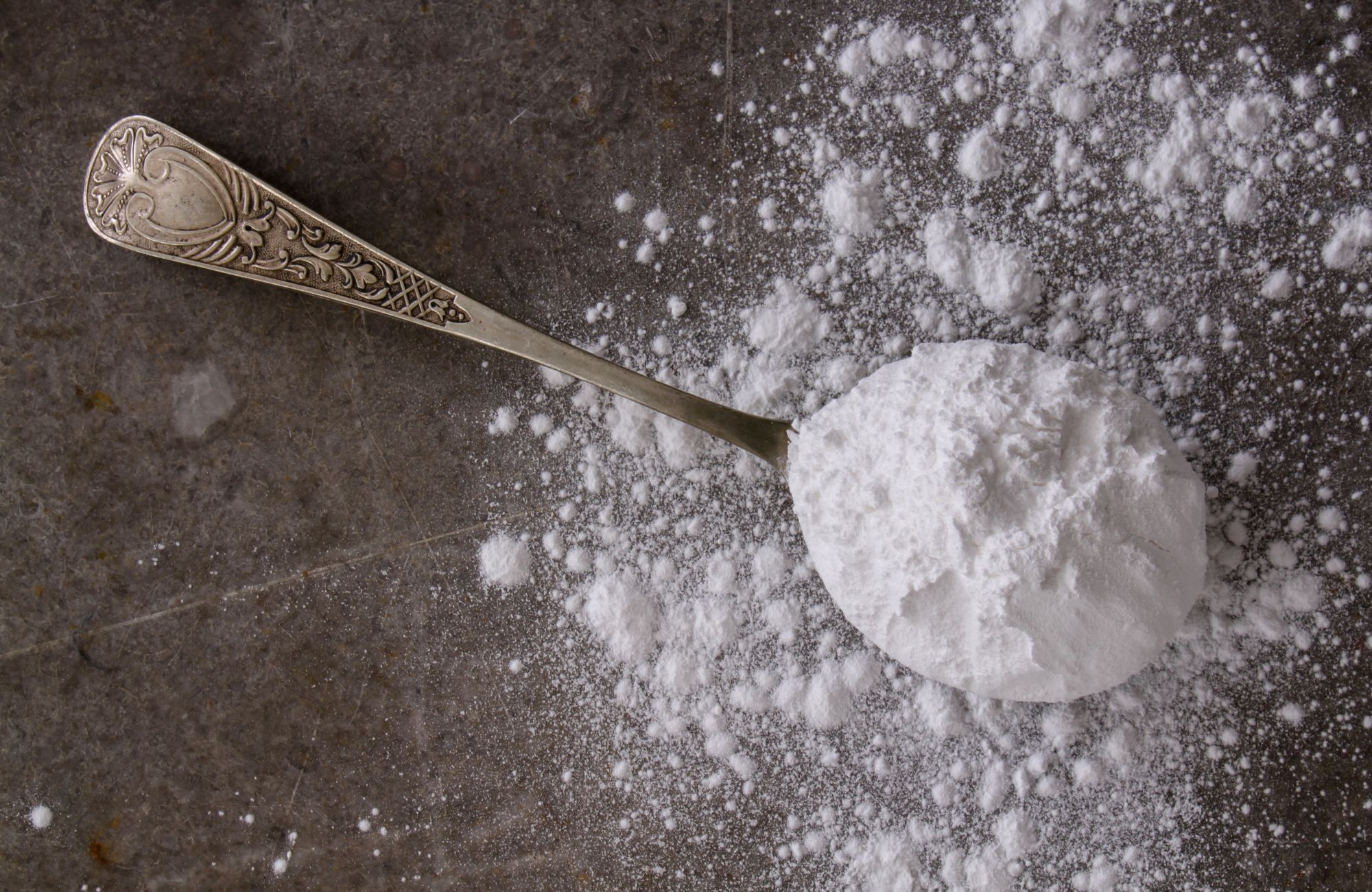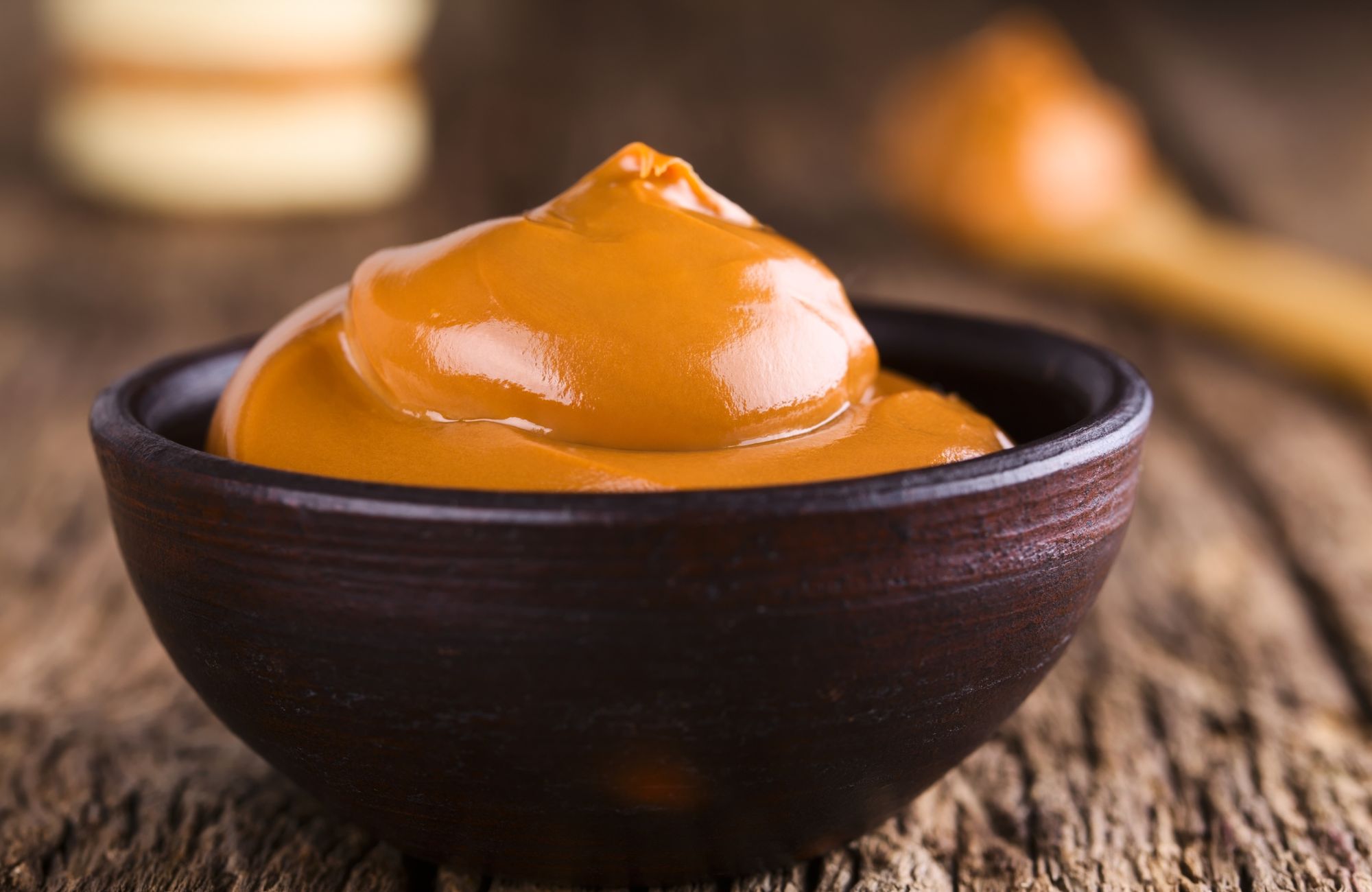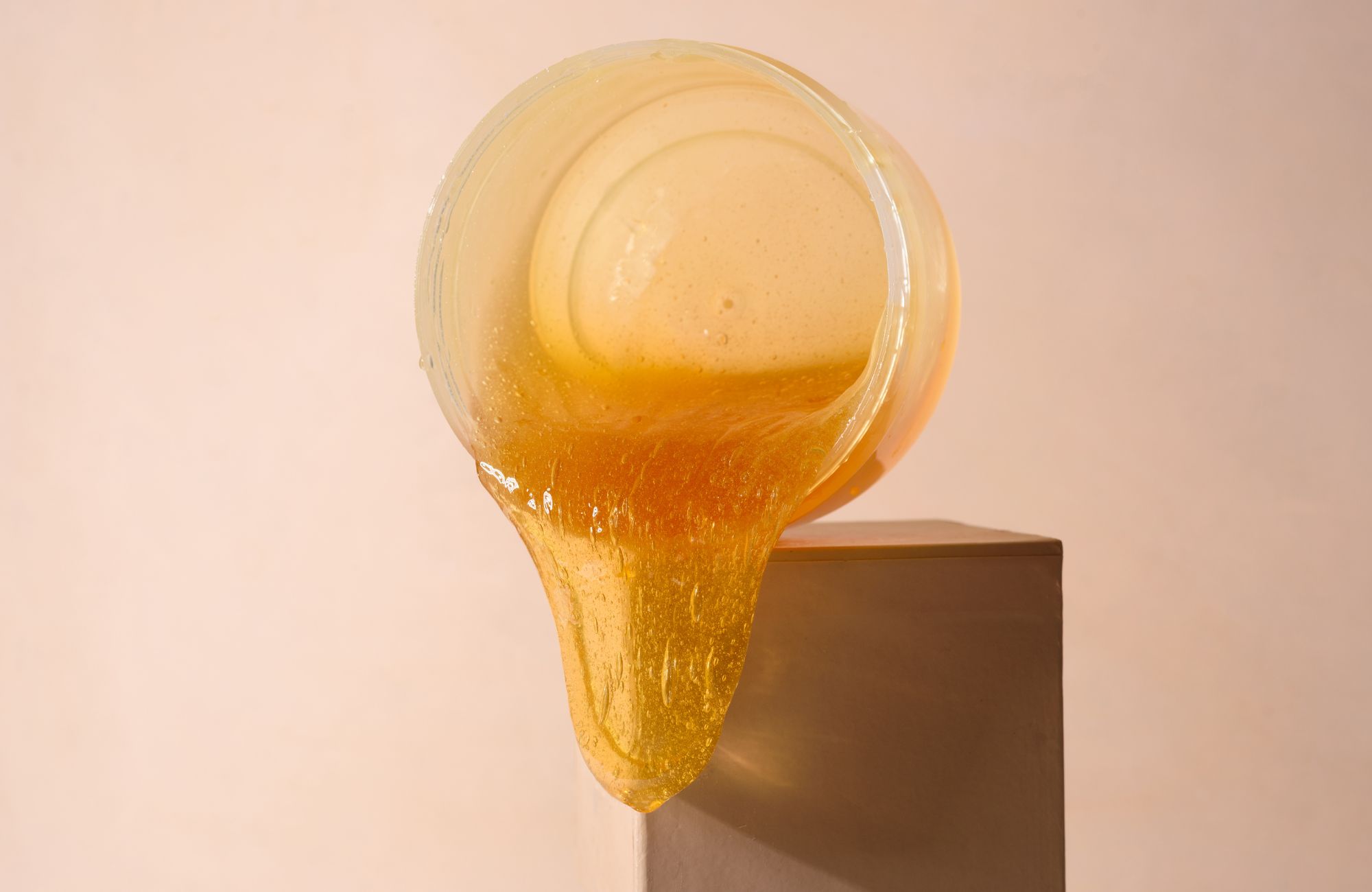
What Is Confectioners’ Sugar?
Confectioners’ sugar, also known as powdered sugar or icing sugar, is granulated white sugar that has been finely ground into a powder and mixed with a small amount of cornstarch (1-3%) to prevent clumping. This ultra-fine texture allows it to dissolve quickly in liquids, making it ideal for smooth frostings, glazes, and dusting baked goods. Its delicate, almost dust-like consistency ensures a silky mouthfeel, while the added starch helps maintain freshness by absorbing moisture.
Compared to granulated sugar, confectioners’ sugar has smaller particles that feel dry and powdery to the touch. This texture helps it blend effortlessly into batters, fillings, and icings, creating a melt-in-your-mouth effect in many recipes.
The Many Names of Confectioners’ Sugar
If you’ve ever been confused by a recipe calling for powdered sugar when you only have confectioners’ sugar in your pantry, you can relax. Despite some technical differences, these terms are used interchangeably in most recipes:
- Confectioners’ sugar: Named for its widespread use by confectioners (candy makers)
- Powdered sugar: Refers to its fine, powder-like consistency
- Icing sugar: Common in the UK and Commonwealth countries, named for its use in icing
- 10X sugar: An industry term referring to the degree of fineness (the sugar is processed or milled ten times)
While technically “powdered sugar” could refer to any sugar ground to a powder without added starch, in practice, what you find labeled as powdered sugar in grocery stores almost always contains cornstarch—making it identical to confectioners’ sugar.
Manufacturing Process
Commercial confectioners’ sugar undergoes a specialized production process to achieve its signature consistency. Large sugar manufacturers start with refined granulated white sugar, which is already quite pure. This sugar is then ground or milled multiple times through increasingly fine screens.
The “10X” designation you might see on packaging refers to the degree of fineness. The sugar passes through ten stages of milling to create an ultra-fine powder. Some specialty varieties may be 6X (slightly coarser) or 12X (even finer) depending on their intended use.
After milling, manufacturers add cornstarch or another anti-caking agent to prevent the sugar from clumping. The mixture is then thoroughly blended to ensure even distribution of the starch throughout the product before packaging.
Professional bakers prefer commercial powdered and confectioners’ sugar over homemade versions because the industrial process creates a more consistent particle size, which results in smoother frostings and more predictable baking results.
Types and Varieties of Confectioners’ Sugar
While standard confectioners’ sugar is the most common, there are several variations designed for different dietary needs and baking applications:
- Standard Confectioners’ Sugar – The most widely available type, containing cornstarch (1-3%) to prevent clumping.
- Organic Confectioners’ Sugar – Made from organically grown sugar cane with organic cornstarch, catering to those who prefer natural ingredients.
- Alternative Starch Varieties – Some brands use potato starch or tapioca starch instead of cornstarch, making them suitable for individuals with corn allergies.
- Professional Baker’s Versions – Available in different degrees of fineness (6X, 10X, 12X), with finer versions preferred for ultra-smooth frostings and delicate pastries.
Each variation affects texture and performance in baking, with finer sugars dissolving more quickly and alternative starches sometimes altering the consistency of frostings and glazes.
Common Uses for Confectioners’ Sugar
Dusting and Decoration
A light dusting of confectioners’ sugar can transform simple desserts into elegant creations. It’s perfect for finishing:
- French toast and waffles
- Brownies and chocolate cakes
- Lemon bars and fruit tarts
- Funnel cakes and beignets
Pro tip: When dusting warm desserts, wait until they’ve cooled slightly or the sugar will melt and disappear. For longer-lasting visual appeal on warm items, mix confectioners’ sugar with a small amount of cornstarch.
Frostings and Icings
Confectioners’ sugar is essential for creating smooth, non-grainy textures in:
- American buttercream frosting
- Royal icing (combined with egg whites)
- Simple glazes for cakes and pastries
- Stabilized whipped cream
The fine particle size dissolves completely in fats and liquids, creating silky textures that granulated sugar simply cannot achieve.
Baking Applications
Beyond toppings, confectioners’ sugar is a key ingredient in:
- Shortbread and Mexican wedding cookies
- No-bake dessert fillings
- Fudge and certain candies
- Some cookie doughs are desired for a tender texture
The cornstarch component can slightly help with structure in certain recipes, while the fine texture creates melt-in-your-mouth qualities.
How to Properly Measure Confectioners’ Sugar
Accurate measurement is crucial for consistent baking results. For confectioners’ sugar:
- Spoon and level: Rather than scooping directly with a measuring cup (which compacts the sugar), spoon the sugar into your measuring cup and level off with a straight edge.
- Sift before or after: This depends on your recipe. For the most accurate results, sift after measuring unless a recipe specifically calls for “1 cup sifted confectioners’ sugar” (measure after sifting) rather than “1 cup confectioners’ sugar, sifted” (sift after measuring).
- Weight vs. volume: When precision matters, use a kitchen scale. One cup of unsifted confectioners’ sugar typically weighs about 120-130 grams, though this can vary slightly by brand.
Remember that confectioners’ sugar tends to settle and compact during storage, which is why many recipes call for sifting before use.
Making Your Own Confectioners’ Sugar at Home
When you’re in a pinch and need confectioners’ sugar for a recipe, you can make your own powdered sugar at home using just two ingredients.
Ingredients:
- 1 cup table sugar
- 1 tablespoon cornstarch
Method:
- Combine the table sugar and cornstarch in a powerful blender or food processor.
- Process on high speed for 1-3 minutes until the mixture becomes a very fine powder.
- Let the dust settle for a minute before opening the blender or food processor.
- Store in an airtight container.
While this homemade version works in many recipes, it typically doesn’t achieve quite the same fineness as commercial products. The particle size may be slightly larger, which can affect texture in delicate frostings or icings.
Storing Confectioners’ Sugar
Proper storage extends the shelf life of confectioners’ sugar and maintains its quality:
- Keep in an airtight container to prevent moisture absorption
- Store in a cool, dry place away from strong odors
- Properly stored, confectioners’ sugar can last indefinitely, though quality is best within two years
- If clumping occurs, sift before use
In high-humidity environments, consider adding a food-safe desiccant packet to your storage container to absorb excess moisture.
Conclusion
Confectioners’ sugar may seem like a simple ingredient, but its unique properties make it irreplaceable in countless recipes. From creating silky smooth frostings to adding that perfect finishing touch on desserts, this versatile sweetener deserves a permanent spot in your pantry. Whether you call it powdered sugar, icing sugar, or confectioners’ sugar, this fine, dusty sweetener continues to be one of the most important staples in sweet cooking around the world.
At US Sweeteners, we offer premium-quality confectioners’ sugar sourced from the world’s finest sugarcane regions. Experience the difference our carefully selected sweeteners can bring to your culinary creations. Visit our website to explore our complete collection of sweetening solutions for both home bakers and professional kitchens. Contact us for inquiries and discover our exceptional range of specialty sugars that will elevate your recipes.
FAQs
Is confectioners sugar the same as powdered sugar?
Yes, confectioners’ sugar and powdered sugar are essentially the same product—both are finely ground granulated sugar with a small amount of corn starch added to prevent clumping, though technically “powdered sugar” could refer to ground sugar without additives, but commercial products labeled either way typically contain starch.
What is the purpose of confectioners sugar?
Confectioners’ sugar serves multiple purposes in baking: it creates smooth, non-grainy textures in frostings and glazes; provides a melt-in-your-mouth quality to certain cookies and candies; and offers a decorative finishing touch when dusted over desserts—all thanks to its extremely fine particle size and quick-dissolving properties.
Can I substitute confectioners for sugar?
You cannot directly substitute confectioners’ sugar for granulated sugar in most recipes without adjusting quantities and expecting different results, as confectioners’ sugar contains cornstarch and has a much finer texture that will significantly impact moisture content, sweetness level, and the structural properties of your baked goods.
What is another word for confectioners sugar?
Other common names for confectioners’ sugar include powdered sugar, icing sugar (particularly in the UK and Commonwealth countries), and 10X sugar (an industry term referring to how finely it’s been processed). These terms are generally used interchangeably in recipes and refer to the same product found in grocery stores.



Leave a Reply